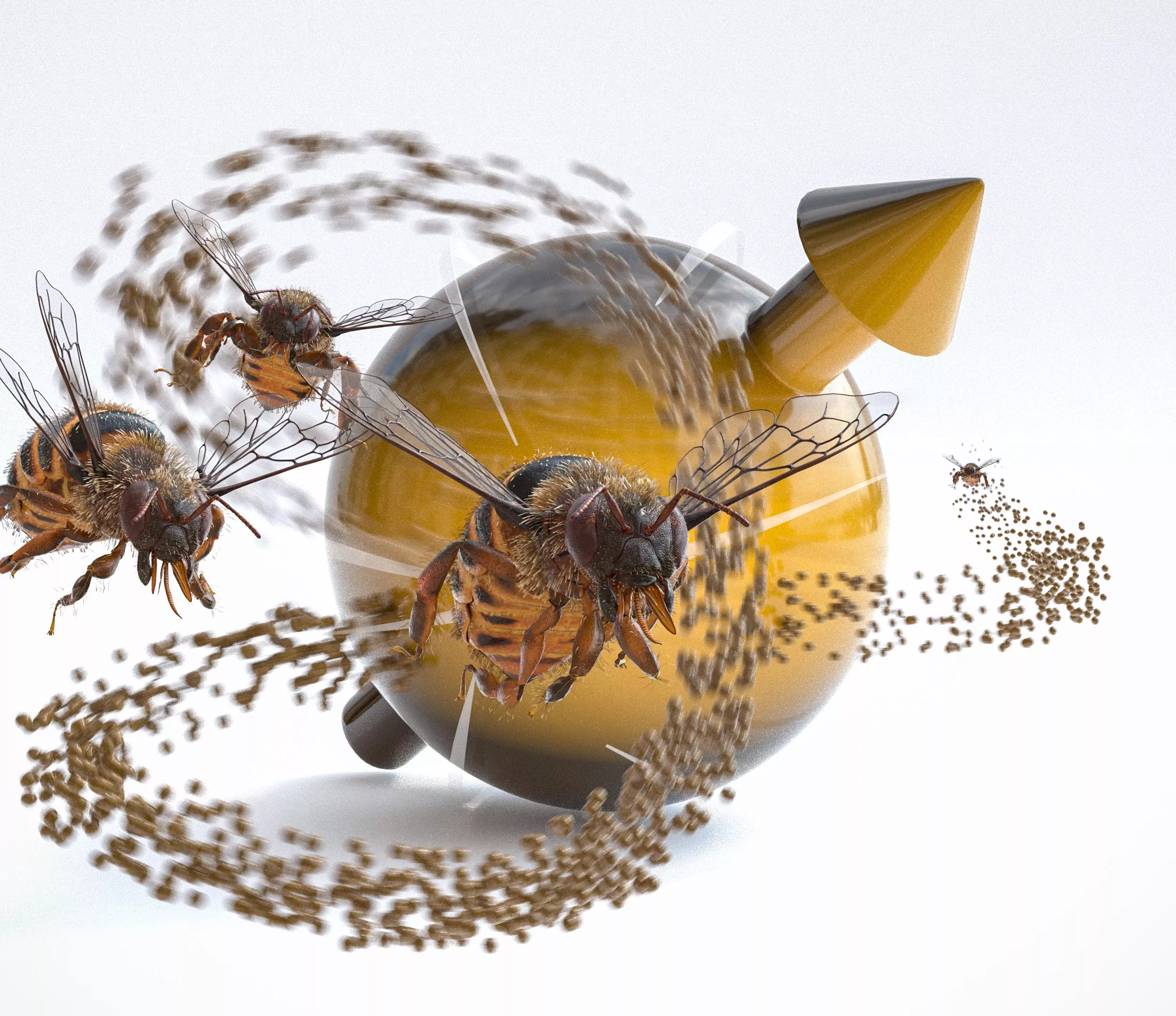At first glance, a system of 51 ions may seem easy to manage. But even if these charged atoms just switch back and forth between the two states, the result is that the system can take more than two trillion (1015) different orders. In fact, the behavior of such a system cannot be calculated by conventional computer, especially because the excitation introduced into the system can propagate irregularly.

One of the characteristics of this movement is that in addition to the expected smaller jumps, there are sometimes significantly larger jumps. This phenomenon can also be observed in the flight of bees and the unusual fierce movement on the stock market.
Simulating quantum dynamics: traditionally a difficult task
Although simulating the dynamics of a complex quantum system is a very high requirement even for traditional supercomputers, this task is Pediatrics for quantum simulators. But how can we verify the results of the quantum simulator if we don't have the ability to do the same calculation?
Observations of quantum systems show that it is at least possible to express the long-term behavior of such systems with equations similar to those developed by Bernoulli brothers in the 18th century.
To test this hypothesis, the researchers used a quantum system that simulates the dynamics of quantum magnets. They can use it to prove that after an initial stage dominated by quantum mechanical effects, the system can actually be described by the kind of equation familiar in fluid mechanics.
In addition, they found that l é vy flight statistics, which describes the bee search strategy, is also applicable to the hydrodynamic process of quantum systems.
The captured ions are used as a platform for controlled quantum simulation
The quantum simulator was built at the Institute of quantum optics and quantum information of the Austrian Academy of Sciences (iqoqi) on the university campus of Innsbruck. "Our system effectively simulates a quantum magnet by using two energy levels of ions to represent the north and south poles of molecular magnets," said Manoj Joshi, a scientist at iqoqi Innsbruck.
"Our biggest technological advance is that we have successfully solved each of the 51 ions alone," Manoj Joshi said. "Therefore, we can study the dynamics of any required number of initial states, which is necessary to illustrate the emergence of hydrodynamics."
"Although the number of qubits and the stability of quantum states are very limited at present, there are some problems that we can take advantage of the huge computing power of today's quantum simulator," said Michael knap, Professor of collective quantum dynamics at Munich University of technology, "In the near future, quantum simulators and quantum computers will become ideal platforms for studying the dynamics of complex quantum systems. Now we know that after a certain point in time, these systems follow the classical laws of hydrodynamics. Any strong deviation indicates that the simulator does not work properly."